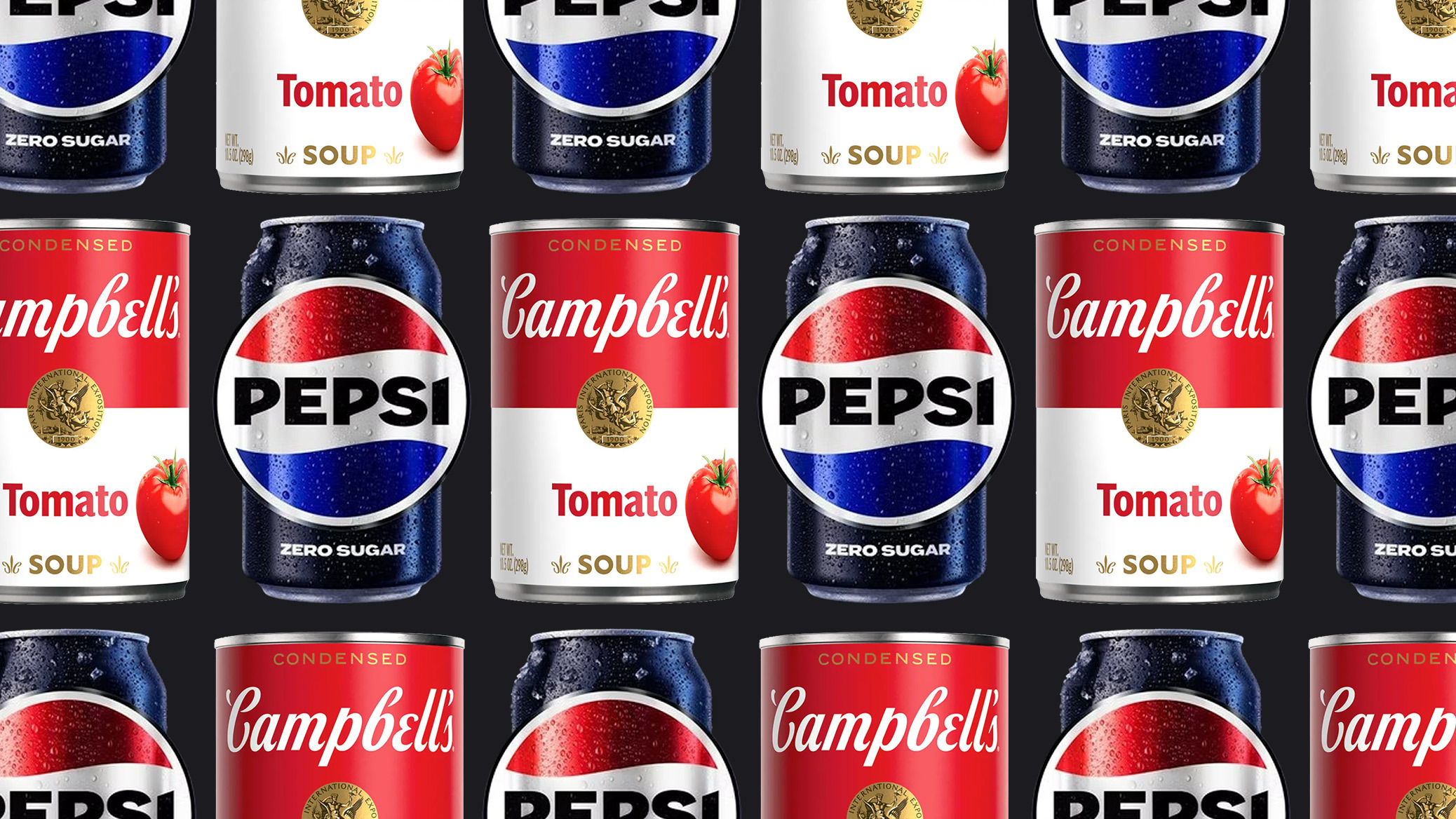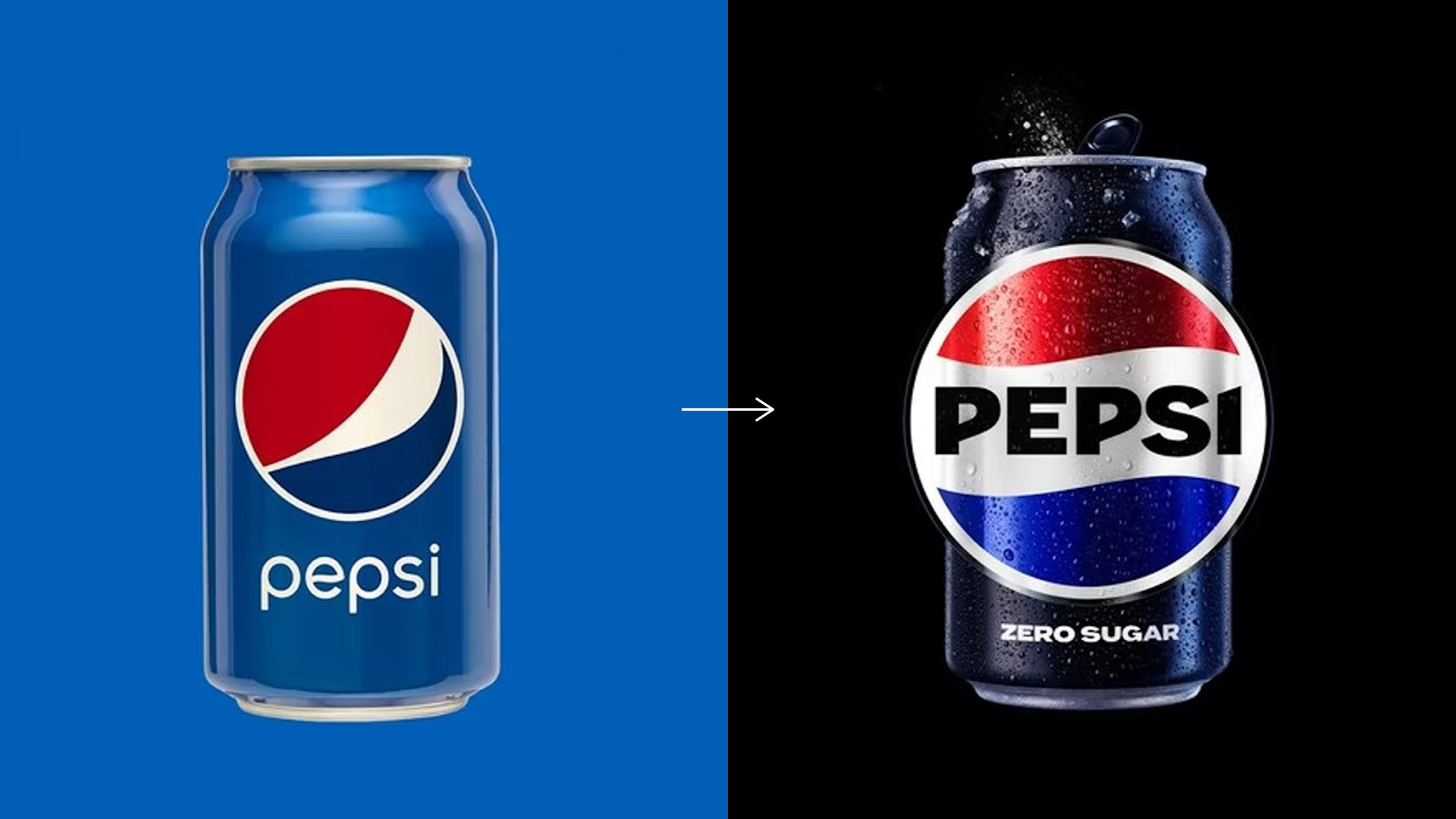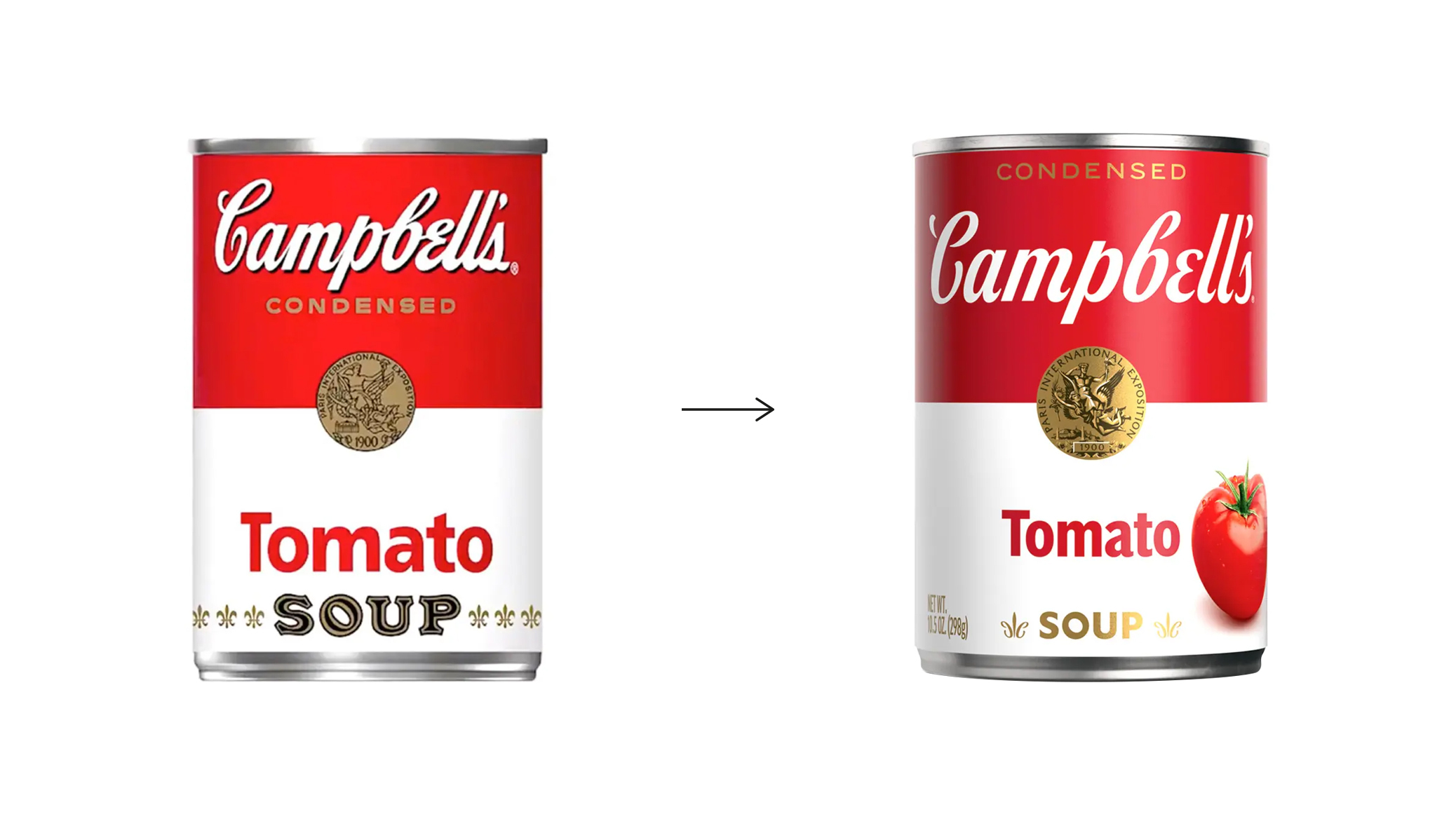
4/17/2023
After the relaunch is always before the relaunch. The ravages of time, new design trends, changing consumer behavior, moving competition, but also a reorientation of one's own company always require a change in one's own brand and packaging appearance. Market leaders maintain their position as the (impulse-giving) top dog, young brands like to disrupt at the POS in order to stand out, and of course there are also the me-too products that are based on the success of established brands.
But what is the right approach here? When does a gentle evolution with a focus on recognition make sense for a relaunch and when is a revolution with a completely new look more promising? I would say “it's complicated” and depends on a number of factors.
The following questions can help you find the right path for your own brand:
- For what exact reasons is the relaunch taking place?
- What is the intended goal of the relaunch?
- What impact will the rebranding or relaunch have on my overall product range?
- Is the brand established and anchored in the product category as learned by the target group?
- How flexible or tradition-conscious is the core target group?
- Why does the target group buy the product?
- Does the brand adequately communicate its core brand values and USPs?
- Does the current target group still fit the company's future direction?
- What is the successful competition doing better than us?
Timing is king! (Unpredictable) external factors also play an important role and must be included in the success equation:
- Long-term megatrends (e.g. neo-ecology, regionality, organic, zero waste, veganism)
- Short-term peak trends (e.g. special colors or cultural hype)
- The competition on the shelves, which is also not standing still
- Technical developments and innovations in the digital age
- Political developments at home and abroad
- Completely surprising pandemics that nobody really expected
The analysis of the following case studies of two major brand relaunches illustrates the difference between an evolutionary and revolutionary brand and packaging relaunch
It's not for nothing that I cited the example of Campbell's. Not only has the brand been established for decades, but it has also achieved worldwide cult status. It is a kind of Coca-Cola can among soups. A revolutionary change of look would take away much more than a new design could give. It's perfectly okay to take much bolder paths for special editions, line extensions or other sub-brands. However, changing the golden cow too much would not only offend the core target group, but also throw a lot of painstakingly built branding overboard.


REVOLUTION À LA PEPSI
Eine Revolution setzt voraus, dass die derzeitige Markenkommunikation auf einer oder mehreren Ebenen nicht (mehr) am Markt funktioniert oder nicht mit der übergeordneten Markenausrichtung vereinbart werden kann. Dies können auf der einen Seite innere Einflüsse sein, wie eine Verlagerung des Kerngeschäfts auf neue Bereiche oder eine zu diffuse bestehende Markenpositionierung. Auf der anderen Seite können auch äußere Einflüsse, wie eine stark agierende Konkurrenz, oder eine sich in ihren Ansprüchen verändernde Kernzielgruppe ein Unternehmen zu einem größeren Schritt zwingen. Alles in allem sollte dieser Schritt jedoch immer auf Grundlage einer umfassenden Markenpositionierung und Zielgruppenanalyse erfolgen. Denn langfristiger Erfolg kann nur auf authentisch gelebten Markenwerten und dem Konsumverhalten echter Zielgruppen aufbauen.
Coca-Cola’s ewiger Rivale Pepsi hat nach seinem mehr als umstrittenen Rebranding im Jahr 2008 wieder einen Relaunch gewagt. Ein großer Schritt von einem dynamisch-abstrakten Logo zu einer eher statischen, kompakten Wort-Bild-Marke. Was auf den ersten Blick wie eine Revolution aussieht, entpuppt sich aus der Markenhistorie heraus als back to the roots. Quasi eine RetroLution. Denn das Rebranding erinnert stark an die Marke zwischen 1962 und 1987. PepsiCo Chief Design Officer Mauro Porcini bezeichnet diesen Schritt als einen Weg, die zukünftigen Generationen mit der Markenhistorie zu verbinden. „We designed the new visual identity to connect future generations with our brand's heritage, transcending everything we know and love about the brand to create something current and undeniably Pepsi.“
Aus meiner Sicht ein durchaus sinnvoller Schritt. Denn im Vergleich zur immer gleichen Coca-Cola (2019 Carbonated Soft Drink Market Share 17.8 %) fehlte es Pepsi seit 2008 (2019 Carbonated Soft Drink Market Share 8,4 %) zwar nicht an Eigenständigkeit und Impactstärke, jedoch an der Lesbarkeit der Marke. Das bisher genutzte abstrakte Logo funktioniert für sich als eigenständiger Blickfang, während der Markenname eher als filigraner Fremdkörper angedichtet wurde. Die nun kompakte und selbstbewusste Marke nutzt die gelernten Elemente der Markenhistorie und schenkt dem Markennamen durch die schwarze Einfärbung eine neue und moderne Präsenz. Hierbei setzt der bewusste Einsatz eines positiven Markenschriftzuges ein Statement gegen den negativen, weißen Schriftzug von Coca-Cola. Weiterhin kann der gewonnene Platz auf den Packmitteln nun räumlich und farblich für ein besseres Subbranding genutzt werden, während die Marke ihre Präsenz und Konstanz wahrt.
Auch wenn ein dynamisches responsives Branding für die Performance einer Marke auf verschiedenen Plattformen in Zukunft relevant ist, streift Pepsi meines Erachtens auf sinnvolle Weise die wankelmütige Schwäche seines Rebrandings von 2008 ab. Die RetroLution stärkt nicht nur die Dachmarke, sondern aufbauend auf ihrer echten Markenhistorie, auch die Verbindung zu ihrer Zielgruppe. Ich bin gespannt auf die nächsten zehn Jahre!
FAZIT
Jeder Relaunch ist ein Kausalkosmos für sich, aber es gibt ein paar Regeln und Wegpfeiler, die einen erfolgreichen Relaunch maßgeblich unterstützen können. Es ist unabdingbar, die Ziele vorher klar zu definieren und mit dem Status Quo ehrlich ins Gericht zu gehen. Eine SWAT-Analyse gepaart mit einer Markenpositionierung, am besten gemeinsam mit einer unternehmensfernen Instanz, hilft in der Regel sehr gut, aus der so wichtigen realistischen Ausgangsbasis heraus, die Chancen und Risiken des anstehenden Relaunches gegeneinander abzuwägen.
Gemäß dem Spruch „Never change a winning team“ baut eine Evolution auf Wiedererkennung und gelernte Stärken. Eine Revolution hingegen setzt bewusst auf den Glanz des Neuen, das Abstreifen größerer Ungereimtheiten sowie die Erschließung neuer Zielgruppen. So oder so, es ist selten sinnvoll, wirklich alles über den Haufen zu werfen. Es gibt immer ausbaufähige oder gelernte Elemente aus der Kommunikation, die als roter Faden zu etwas Neuem gesponnen werden können.
Zu guter Letzt ist ein Marken- und Verpackungsrelaunch als Teil des gesamten Marketing-Mixes zu sehen. Klar muss eine Verpackung aus sich heraus funktionieren und kommunizieren, aber effektives Brandbuilding schafft Markenvertrauen und Markenerlebnisse über die Verpackung hinaus – auf allen Medienkanälen.
Bildnachweise
Campbell’s: Campbell Soup Company
Pepsi: PepsiCo